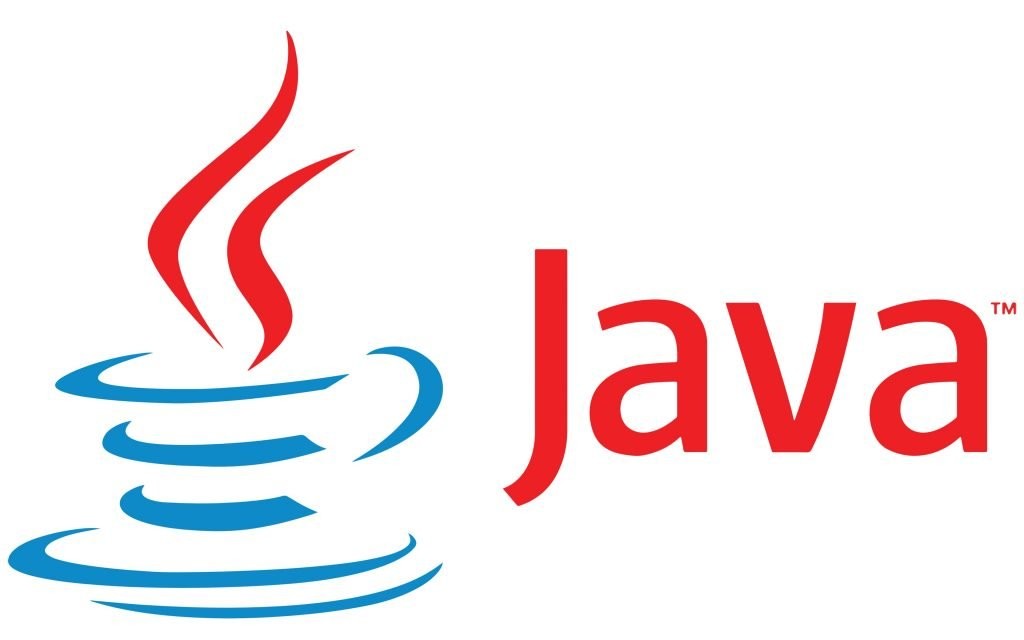Last Updated on July 25, 2024
Java Machine Learning is attracting developers due to its ability to leverage Java’s established strengths like object-oriented programming and large existing codebases..
In this article we will go over comparison of ML capabilities of Java vs. Python language, best Java libraries for machine Learning and give Java Machine Learning Example Code in Weka library demonstrating how easy it is to write simple classification tree algorithms.
Demystifying Machine Learning
Machine learning empowers computers to learn from data without explicit programming. It involves algorithms that analyze data, identify patterns, and make predictions based on those patterns.
Here’s a breakdown of the core concepts:
Supervised Learning
In this approach, the data is labeled, meaning each data point has a corresponding output or target value. The ML algorithm learns the relationship between input features and desired outputs using labeled data. Examples include classification (e.g., spam detection) and regression (e.g., stock price prediction).
Unsupervised Learning
This deals with unlabeled data where the algorithm seeks to uncover hidden patterns or structures within the data. It’s commonly used for tasks like clustering (grouping similar data points) and dimensionality reduction (compressing data for efficient processing).
Reinforcement Learning
Here, the algorithm learns through trial and error in a simulated environment. It receives rewards or penalties based on its actions, allowing it to refine its strategy over time. This approach is well-suited for robotics and game playing applications.
Java Machine Learning vs. Python
Can Java Compete with Python in This Field? Can we answer the question: which language is best for machine learning?
Python, thrives on simplicity. Its dynamic typing and concise syntax allow for rapid prototyping and experimentation.
This makes it ideal for rapid development cycles and exploring various ML algorithms. However, the lack of strict typing can lead to potential runtime errors that might go unnoticed during development.
Java, with its static typing and emphasis on object-oriented programming (OOP), enforces code structure and reduces runtime errors.
This structured approach ensures code maintainability and scalability, especially for large-scale enterprise applications.
However, it can feel verbose and require more boilerplate code compared to Python.
The ideal language depends on your specific project requirements:
- For beginners or rapid prototyping Python’s simplicity and readily available libraries make it an excellent choice.
- For large-scale enterprise applications with complex algorithm Java’s robust structure and performance might be preferable.
- For projects requiring integration with big data frameworks Python’s compatibility with Spark offers a clear advantage.
- For deployment-critical applications where performance is paramount Java’s speed and stability might be the deciding factor.
A Look at Java Machine Learning Libraries
Javas robust ecosystem gives a rich set of libraries specifically designed for Machine Learning (ML) tasks.
Waikato Environment for Knowledge Analysis(Weka)
Weka, developed at the University of Waikato, New Zealand, is an excellent starting point for those embarking on their ML journey in Java.
It offers a user-friendly graphical user interface (GUI) alongside a powerful command-line interface (CLI).
Weka gives a comprehensive suite of algorithms encompassing:
Classification
Classification algorithms are a type of machine learning technique used to automatically categorize data into predefined classes.
Algorithms like decision trees, support vector machines (SVMs), and k-nearest neighbors (KNN) empower you to tackle tasks like spam detection, image recognition, and sentiment analysis.
Regression
Regression algorithms are a type of tool used in machine learning for predicting continuous numerical values based on data.
Linear regression, logistic regression, and decision trees can be used for tasks like stock price prediction, weather forecasting, and demand forecasting.
Clustering
Clustering algorithms are a type of unsupervised machine learning technique used to group similar data points together.
K-means clustering and hierarchical clustering help group similar data points, aiding in market segmentation, customer profiling, and anomaly detection.
Data Preprocessing and Visualization
Weka provides tools for data cleaning, transformation, and visualization, essential steps for preparing data for successful machine learning.
Apache Mahout
A library built on top of Apache Hadoop, the king of big data processing. Mahout leverages the distributed computing capabilities of Hadoop to handle massive datasets efficiently.
Its distributed processing capabilities make it ideal for tasks like analyzing customer behavior in large e-commerce platforms or processing social media data for sentiment analysis.
Here’s what Mahout brings to the table:
Scalable Implementations of Popular Algorithms
Mahout offers scalable versions of algorithms like collaborative filtering for recommendation systems, clustering for large-scale data analysis, and matrix factorization for dimensionality reduction.
Integration with Hadoop Ecosystem
Mahout seamlessly integrates with other Hadoop projects like Hive for data warehousing and Pig for data manipulation, enabling a complete big data analytics workflow within the Java environment.
Flexibility for Advanced Users
While Mahout offers pre-built solutions, it also provides APIs for developers to build custom algorithms and extend its functionalities for specific needs.
Deeplearning4j
Deeplearning4j (DL4J) empowers developers to build, train, and deploy deep learning models entirely in Java.
Its deep learning capabilities, a subfield of machine learning, make it ideal for tasks like image and video classification, machine translation, and chatbots.
Some of its strengths:
Support for Various Deep Learning Architectures
DL4J allows you to build convolutional neural networks (CNNs) for image recognition, recurrent neural networks (RNNs) for natural language processing (NLP), and deep reinforcement learning models for complex decision-making tasks.
Distributed Deep Learning
Similar to Mahout, DL4J can leverage distributed computing frameworks like Spark for training deep learning models on large datasets across multiple machines, significantly reducing training times.
Integration with Existing Java Applications
DL4J seamlessly integrates with existing Java applications, allowing you to add deep learning capabilities to your existing codebase without major modifications.
Other Notable Java Machine Learning Libraries
The Java ML landscape extends beyond these core libraries. Here are some Java ML libraries gaining traction in recent times:
This isn’t a library in the traditional sense, but it’s gaining traction as a way to standardize machine learning models. PMML(Predictive Model Markup Language) allows you to export models built in various languages like Python or R and seamlessly integrate them into Java applications. This promotes interoperability and simplifies model deployment in Java environments.
- Smile (Statistical Machine Intelligence and Learning Engine)
This library offers a collection of well-established machine learning algorithms, making it a good choice for beginners or projects requiring basic ML functionalities. Smile provides implementations for various tasks like classification, regression, clustering, and dimensionality reduction.
- MOA (Massive Online Analysis)
This library caters to real-time machine learning scenarios, allowing you to build and update models as new data streams arrive. This library stands out for its ability to handle real-time machine learning tasks. It allows you to build and update models as new data streams arrive, making it ideal for applications like fraud detection or stock price prediction in real-time.
This open-source platform offers a distributed and scalable machine learning framework. Its popularity stems from its ability to handle large datasets efficiently and its seamless integration with popular big data frameworks like Spark.
H2O provides a variety of algorithms and a user-friendly interface, making it accessible to both beginners and experienced data scientists.
Java Machine Learning Example Code
In this example we write a sample code for the decision tree algorithm for likelihood of heart attack in the Weka library.
A decision tree algorithm is a fundamental machine learning technique used for both classification and regression tasks. It works by creating a tree-like model that represents a series of decisions based on features (attributes) of the data.
The decision tree progressively splits the data into smaller and purer subsets based on the most significant features.
For this prediction we can use a sample dataset consisting of:
- age,
- gender (male/female),
- cholesterol levels
- blood pressure
- history of diabetes(yes/no)
This sample will use the J48 decision tree available at the Weka package.
We begin by importing the required packages:
import weka.core.Instances;
import weka.core.converters.ArffLoader;
import weka.classifiers.trees.J48;
import weka.core.evaluation.Evaluation;Load the ARFF data file (assuming our dataset is called “patients.arff”)
ArffLoader loader = new ArffLoader();
loader.setFile(new java.io.File("patients.arff"));
Instances data = loader.getDataSet();Build and evaluate the model by setting the class index (index of the attribute representing heart attack)
data.setClassIndex(data.numAttributes() - 1); Define the J48 decision tree classifier
J48 tree = new J48();Build the model using the training data
tree.buildClassifier(data); Evaluate the model performance (optional)
Evaluation eval = new Evaluation(data);
eval.evaluateModel(tree, data);
System.out.println(eval.toString())Classify a new patient (replace values with actual patient data)
double[] newValues = new double[data.numAttributes()];
newValues[0] = 55; // age
newValues[1] = 1; with gender (0: female, 1: male)
newValues[2] = 300; // cholesterol level
newValues[3] = 120; // systolic blood pressure
newValues[4] = 0; // history of diabetes (0: no, 1: yes)Predict.
Instance newPatientInstance = new DenseInstance(1.0, newValues); newPatientInstance.setDataset(data);
// Classify the new patient
double prediction = tree.classifyInstance(newPatientInstance);
// Print the predicted risk level
System.out.println("Predicted risk level: " + data.classAttribute().value((int) prediction));The above example demonstrates how easy it is to utilize WEKA’s J48 decision tree algorithm to develop a model for predicting the likelihood of heart attack.
Conclusion
This article explored the suitability of Java vs. Python for machine learning tasks.
While both languages have their strengths, Python’s extensive ecosystem of well-developed and user-friendly libraries like scikit-learn often makes it the preferred choice for beginners and rapid prototyping.
Java, however, offers advantages in terms of scalability and performance for large-scale production environments.
We also examined some popular Java machine learning libraries, including Weka, Apache Mahout and Deeplearning4j.
These libraries provide a rich set of tools for various machine learning tasks, from traditional algorithms like decision trees to deep learning models.
The choice of library depends on the specific needs of the project and the type of machine learning problem being addressed.
Finally, we presented a code example using Weka’s J48 decision tree algorithm to classify the likelihood of heart attack. This example demonstrates the basic principles of using Weka for building and applying a decision tree model.
In conclusion, both Java and Python offer valuable tools for machine learning. The choice between them depends on various factors, including project requirements, developer familiarity, and the desired level of performance and scalability.

